

Unclaimed: Are are working at Hygraph ?
Hygraph Reviews & Product Details
Hygraph is a highly intuitive and user-friendly data visualization tool that helps businesses of all sizes visualize and analyze their data in real time. Unlike other tools, Hygraph features a drag-and-drop interface that eliminates the need for coding, making it accessible to users of all skill levels. With its advanced analytics, customizable dashboards, and interactive graphs and charts, Hygraph is a powerful tool that can help businesses make data-driven decisions and gain critical insight into their business performance.

| Capabilities |
|
|---|---|
| Segment |
|
| Deployment | Cloud / SaaS / Web-Based |
| Support | 24/7 (Live rep), Chat, Email/Help Desk, FAQs/Forum, Knowledge Base, Phone Support |
| Training | Documentation |
| Languages | English |

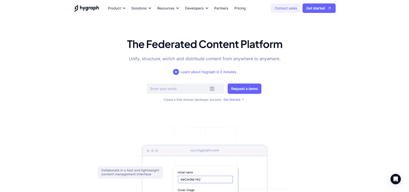
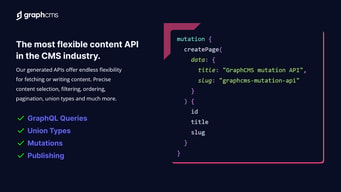
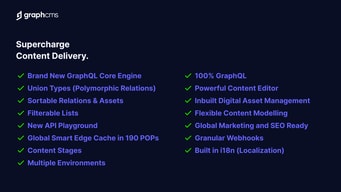
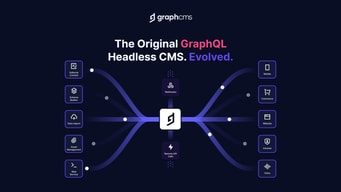
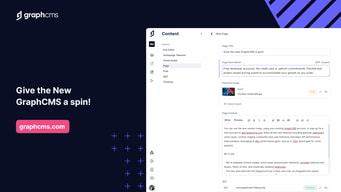
Compare Hygraph with other popular tools in the same category.

- Support for excellent GraphQL API - Webhook Service is top notch - The interface was very friendly to non-developers - Very easy to clone projects
- There could be an option for dark mode
We wanted to use it on a very static website as Headless CMS
Hygraph allows users to customize content templates, styles, and formats to suit their specific needs and brand guidelines, providing flexibility and creative control over the generated content.
free API limit is 1 M .which can be utilized in less time. Users may have concerns about the cost or pricing structure of Hygraph, as it may require a financial investment that may not be feasible for all budgets or business sizes.
it offers collaboration features that allow teams to work together on content creation projects, facilitating communication, coordination, and feedback among team members. This can help improve team productivity and streamline content creation workflows for businesses with multiple content creators or stakeholders.
It's straightforward to use. The best part about it is the playground to check and see how to format requests properly. Another good thing is that you can view deeply nested references of each content.
Nothing really, it's fantastic. Thank you !
Deeply nested referencing can be accessed using Hygraph
Easy to use, fast and has a free tier. GraphQL is quick to get things done and I like the API playground.
Free tier has issues on Next.js builds with too many requests. Need better documentation on workarounds.
Supports my blog website
The API playground is so helpful for testing the fetch requests and seeing how the data is rendered.
For a beginner to headless CMS the learning curve was quite steep but there are tonnes of educational material out there and once you get the hang of it, it's super simple
It's making scaling my amount of content much easier so I can focus on styling and other passion projects
The schema management is extremely powerful and flexible. Clients always change their minds about data structures and hygraph handles this very well.
I have been using hygraph on several projects now and still haven't found a dislike.
Providing a solid graphql api that makes building websites and apps a pleasure.
It it's very easy to setup and there are a lot of useful features right out of the box. It's also very easy to integrate with external services
I'm looking forward to their coming Algolia integration
Querying data for my front end application
As a developer, Hygraph makes integrations into whatever tech stack you are using very easy and seamless. The power of being able to edit records and schema in real time is powerful for collaboration and testing purposes. This is by far one of the best database/CMS management tools that I have ever used and so glad that we were able to get the most out of it.
It's 99% fantastic, a little steep pricing curve but worth it.
It's amazing at creating and managing a database that instantly adapts to our needs.
- The nodejs integration is flawless - API setup by region - Data primitives and connections
The pricing model, from 0 to 299. The free version lacks a very basic functionality: environments.
Quickly prototyping of models and forget about a backend just for CRUD operations,
The performative and quick UI. I noticed that I don't have to wait more than 1 second to run a query, create content, publish, list my content, etc. (I don't know how it would be if I had dozens of data, tho). I also like the docs; I resolved all my problems by reading them and rarely had to google for answers.
I wouldn't say I liked that I couldn't directly publish content; I first had to run a mutation to create content and then take the returned id and run another mutation to publish it. Also, I didn't like the limit of 100 items to query, but I understand that both of these limitations may have technical or product reasons to exist, and it didn't stop me from doing my work at all.
It provided an easy way to have a database and graphql API; it was everything I needed for my final college paper so that I could focus on the front end, which is my main stack.





